The underground water keeps welling up and nurtures the prosperity of this area. Coming to Fata’an wetland to experience Amis’ culture and finding the new look of agriculture.
In the old days, he quality water in Mt. Maxi in Guangfu Huanlien attracted sugar factories to come establish businesses here. And the welling spring at the foot of the hills results in the Fata’an wetland. “Fata’an” is Amis, meaning pigeon pea. After agricultural modernization, Fata’an wetland is adverse to be cultivated by agricultural machinery so that its harvest is not as that of an arid land. It led to larger fallow areas, yet the areas are great habitats for aquatic plants, birds, frogs, insects, as well as fish and shrimps; therefore, biodiversity becomes a greatest feature of this area.
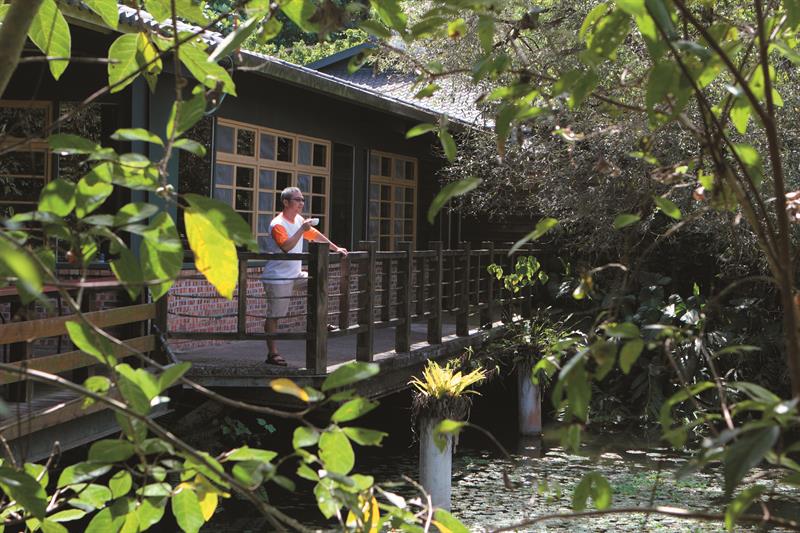
Palakaw- the Wisdom of Amis People
One of the initiators introducing ecotourism to Fata’an wetland is Jinlang ZHU, the owner of Shin Liu Farm. He organizes ecology courses, designs guided tour to the wetlands, and invites local Amis residents to be the docents and introduce “Palakaw”, their traditional fishing method to the visitors. This is one of the model courses for school outing selected by Council of Agriculture. “Palakaw” is Amis’ term meaning “the pond where fish rests”. Amis people uses natural materials such as bamboo, twigs and betel nut leaves to build a 3-story “apartment” to attract fish and shrimps. After Palakaw is in the pond and river for a while, Amis people take Palakaw out and throw the catch into the net. Fishing is easy and no sweat. “Catch only the amount we can consume” is Amis people’s fishing principle. Taking only what they need is their life wisdom aiming for ecological sustainability. In recent years, Mr. ZHU puts emphasis on food education. Through cooperation with local farmers via contract farming, he designs the healthy cuisine menu using local vegetables and aquatic plants in season, and enthusiastically promotes the concept “lower food mileage” to visitors. Besides, he works with the docent Huifang XUE who has a great love for seeds and together they built a “Seed House”, where visitors can have DIY seeds activity and in a hope that it can bridge people and the ecological environment.
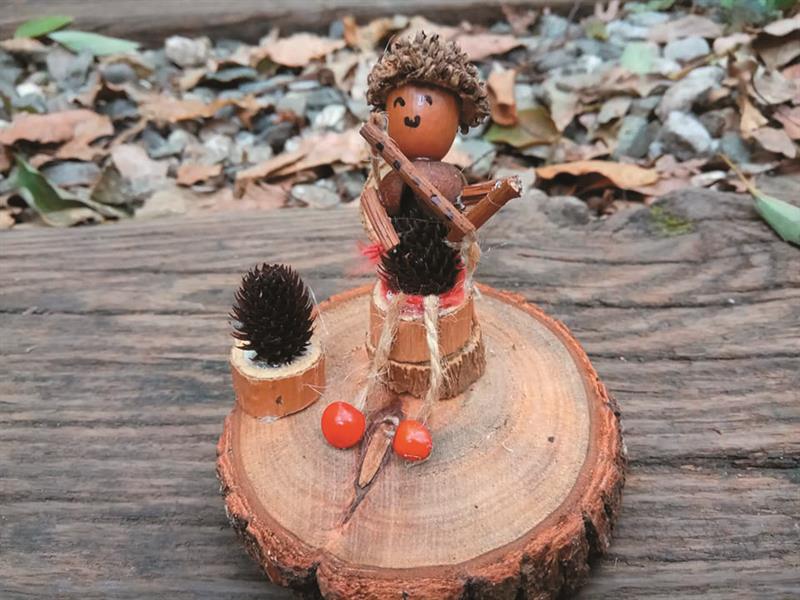
Historical and Cultural Heritage
“Fata’an Culture and History Studio” is in Fata’an wetlands, and the founder, Yichang CAI is an outstanding story teller. CAI’s tribal name is “Lalan”. In the olden days, he kept verbatim record of the oral history on culture and wooden sculptures, and filmed a plethora of videos for conservation in hope to pass them down to future generations. Because he is familiar with the legends, histories, and oral history of the tribe, Lalan is eloquent when it comes to the stories or ordinary trifles in Fata’an. His humorous and funny way of storytelling always makes listeners very intrigued to know more about Fata’an. Asides from leading guided tours and experiential activities, Lalan also runs “Lalan’s Home”. He hopes to maintain the pure land at the feet of Mt. Maxi through ecotourism.
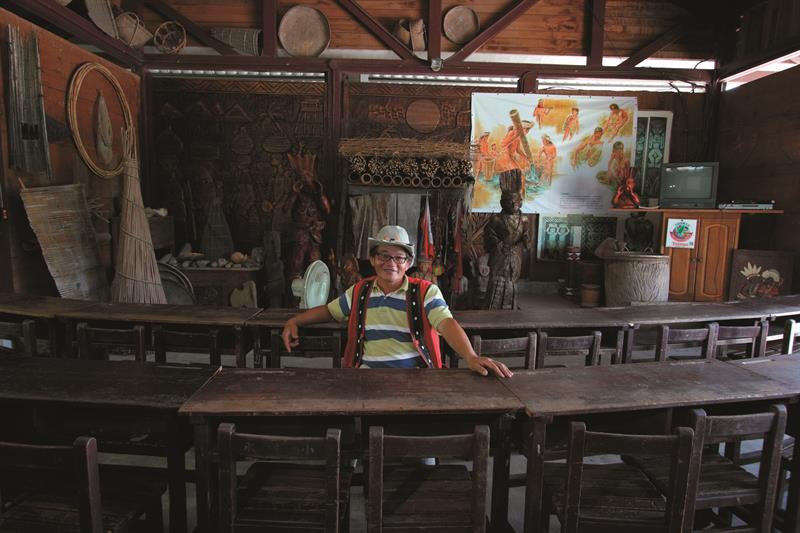
A Familiar Old Place- Eye Catching Wild Vegetable Dishes....
When the heated stones were served, the server quickly moved the stones into the water to remove the dust away, and then put them into the pot made by betel nut leaf sheath and the water in the pot was boiled immediately. Then the food materials were put into the pot. Fish and shrimps were cooked first before the aquatic plants from the wetlands were added to the pot. This stone hotpot tastes slightly sweet and it is the first tantalizing choice in Cifadahan Restaurant. The stone hotpot is the Amis’ traditional cuisine that cooks the food by its heated stones. In the olden days, when Amis people was away from home, as long as they brought salt and food, they could make the cooking tool by materials available- betel nut sheath and stones- and picked the wild vegetables within reach to make a dish. Cifadahan Restaurant is run by Yan ZHENG and Fengting LIN, the first restaurant in Fata’an wetlands serving Amis cuisines. Wild vegetables are the feature of the restaurant, the dish setting, sautéed seasonal vegetables and materials for the interior design such as drift woods, stones, farming tools, all make the tasty food even more finger licking good.
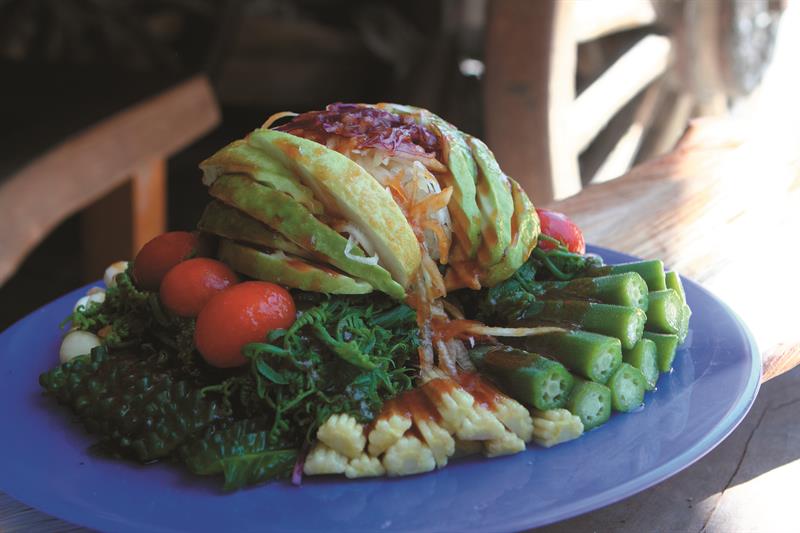
The Young Man of Mabulong and His Way to Organic Farming
Chunji KE, one of the top 100 young farmers, returned to her hometown and settled down for her children’s health 8 years ago. She was then a novice devoted herself to organic farming and founded “Mabulong Farm”. Looking around, we saw the harvester moving back and forth in her black bean field, and it didn’t take a long time to have black beans fall into the van. 4 years ago, Mr. KE started growing mixed grains in organic practices. But she didn’t have agricultural machinery, manpower was required for weeding and harvest so that costs couldn’t be lowered. Now her young farmer partners bought a harvester and that helps her harvest to ease the need for labors. The east coast has outstanding environment for agriculture and the government encourages growing mixed grains so that she took the lead and prompted her husband who worked in the north then to return home and engage in farming together. “Mabulong” means congregation in Amis language, and it also implies KE’s expectation for the future-- bring her family and friends interested in agriculture to return home and dedicate to farming.
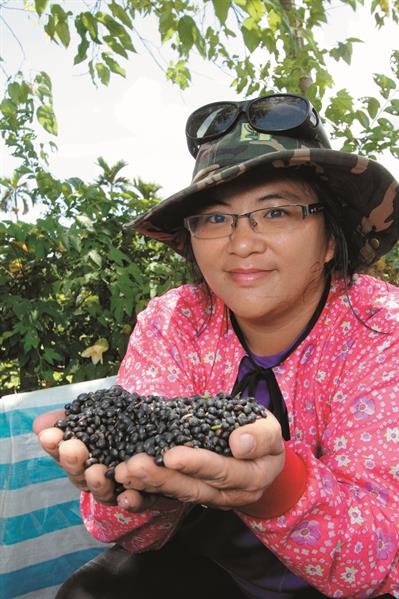
Observing Ecology in the Night Time
The beautiful land of Fata’an attracted Jinfeng ZHU to return to his hometown from his construction business in Taipei and run the B&B “Stone House”. ZHU used Amis language to name each room and designed nocturnal tours in Fata’an and guided tours to observe the ecology of wetlands. When the night fell, ZHU wore the headlights and led the tourists to Fata’an wetlands and observed all kinds of frogs, bugs, fireflies or fish and shrimps in the river. And he shared many local stories that are informative and interesting so that visitors can have full wetland experiences.
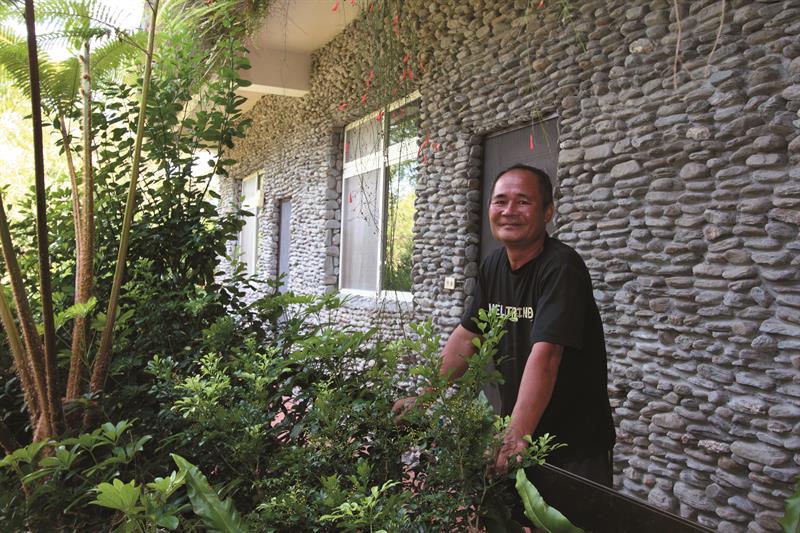
.jpg)